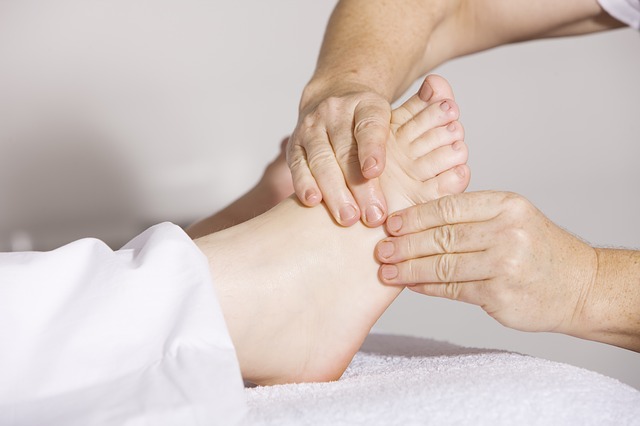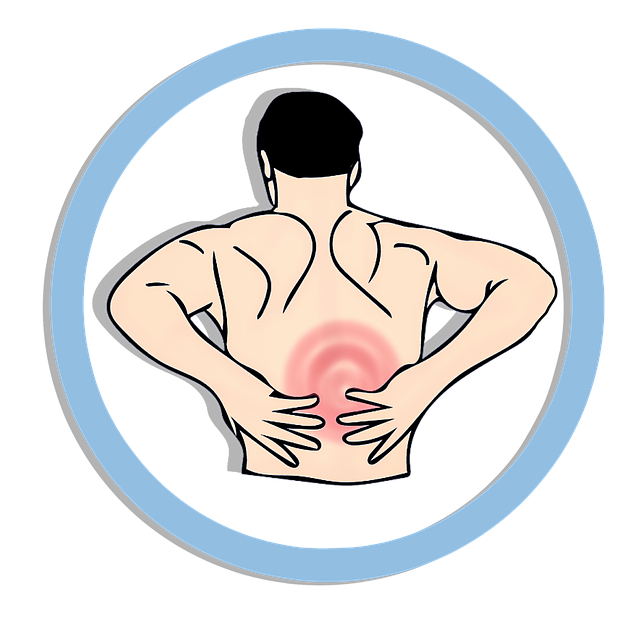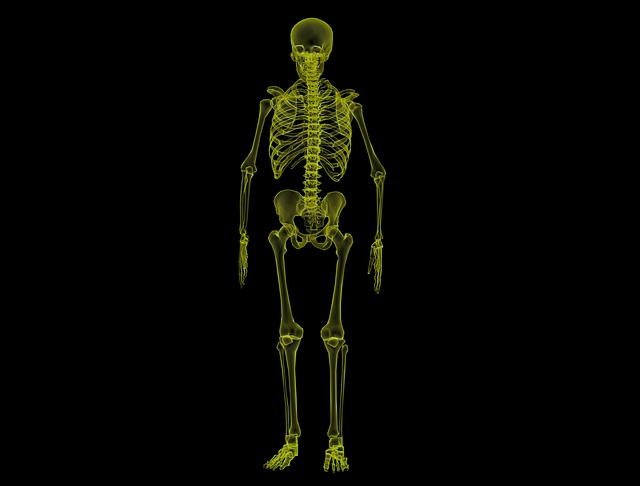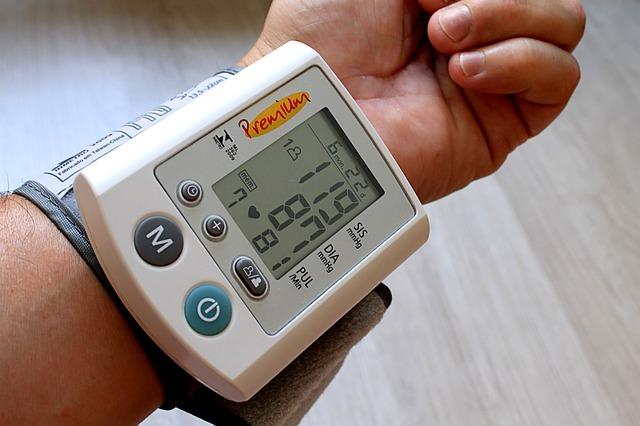Blog
You Can’t Put a Price on Good Circulation
Circulation is vital
When you work out, either aerobically or by lifting weight, your body responds by increasing blood flow. This increased blood flow, also known as circulation, sends oxygen and nutrients to all parts of the body including vital organs (think the brain), helping them to repair, regrow and function optimally. Let’s look at what inhibits blood circulation and what we, as chiropractors, can do to let the blood flow (circulation-wise).
Chiropractic is Preventative Medicine
Chiropractic can change the way you think about your health
Chiropractic theory treats the spine as the foundation for wellness. As chiropractors, we do everything in our power to ensure the integrity of that foundation through natural modalities. Along the way, we would like to show you why this is the right way of going about things. Rather than a reactive form of health care, we seek to solve problems at their source before they blossom into something bigger and more troublesome.
Flexion-Distraction Technique for Back Pain
Chiropractic uses a wide variety of modalities to treat back pain
Because every case of back pain is unique, each person’s spine will respond to a different protocol for care. At Holmes Chiropractic, we begin with a comprehensive medical history and physical examination to determine what is causing your specific pain or dysfunction. Once we have pinpointed the root of the problem, we can move forward with a plan for treatment that utilizes one or multiple of the modalities in which we specialize.
What are the Worst Things to do After a Workout?
The success of your workout is influenced by what you do afterwards.
The degree to which your workout will actually benefit and improve your physical fitness is heavily determined by the actions you take afterwards. At Holmes Chiropractic, we urge you to get the most out of every workout by observing a few simple guidelines afterwards.
How to: Feel Great in Old Age
The longevity of your spine is important
Here is why we love our spine:
- It lets us move: your spine is what allows for the initiation and success of almost every movement that we do on a daily basis.
- It provides our network for nerve signalling: in this way, your brain communicates with every cell, tissue and organ in your body. This allows us to feel sensations, react and do the things we want when we want.
- It supports us: it keeps us upright and connects to all the important structures and muscles that allow us to move and function on a daily basis
Now what happens when this great structure begins to falter?
As our bodies age, the spine can become a make or break factor in how we feel
The truth is, the lifespan of our spines is finite and most often, it is not designed to function as long as we are now able to stay alive. However, more and more we are treating more and more people whose spines have degraded as early as their twenties. Obviously this was not purposeful but, whether through injury or poor posture, it is a frightening precedent to set for a spine that (hopefully) needs to last you another 50 years.
At Holmes Chiropractic, we protect the longevity of spines in the Houston area
Chiropractic care is integral to supporting the spine- by receiving regular assessments and adjustments we can make sure your spine is aligned and your nervous system is working properly. By gaining a feeling for how good it feels to have a straight and upright spine, you subconsciously begin to take the health of your spine more seriously. This usually means paying attention to posture and the strengthening of muscles that lend support to the vertebrae, especially in the lower back. If you are interested in maintaining the health of your spine long into the future, give our office in Houston a call to schedule an appointment today.
Keeping your Spine Aligned: What you can do
Houston, why do you want to keep your spine aligned?
First of all what determines “good alignment?” A properly aligned body refers to a position in which the head, shoulders, spine, hips, knees and ankles align in a position that puts minimal pressure on the spine. Let us give you some reasons why this is important:
- Good spinal alignment contributes to better body mechanics and fewer injuries
- Good spinal alignment protects and aids in the functioning of the central nervous system
- Good spinal alignment facilitates the optimal functioning of all your major bodily systems
What can you do outside the chiropractor’s office to keep your spine aligned
After the Adjustment: Taking Care of your Spine
Chiropractic care does not end when you leave the office
Chiropractic adjustment seeks to apply a controlled force to a spinal joint in order to move it back into alignment with the rest of the spine, thus alleviating compression from nearby nerves, correcting the body’s physical function and structural alignment and balancing the muscles in the back. Many people find that they experience significantly less pain and enjoy a greater range of motion immediately after a chiropractic adjustment. By alleviating nerve compression and aligning the spine, significant improvements are made in a person’s range of motion and, thus, flexibility. But what happens when you leave the office?
Keeping Blood Pressure Under Control with Chiropractic
High blood pressure in Houston
Also known as hypertension, high blood pressure is a dangerous condition- constantly elevated levels of blood pressure put strain on the heart, weakening it and impeding its ability to work efficiently. Thus, high blood pressure puts you at elevated risk for potentially fatal diseases and conditions including stroke, sudden cardiac death, heart attack and heart failure. In its early stages, hypertension may not cause any symptoms at all, slowly damaging your body over years, often until it is too late.
How does chiropractic approach high blood pressure?
Helping your Body Heal Itself in Houston
For all but the most serious injuries and diseases, your body has the innate ability to heal itself
Our bodies are amazing and complex structures which contain self-repair mechanisms that keep us functioning day-to-day. Among these mechanisms, our bodies negate cancer cells that are produced, fight off infection, rebuild and repair broken proteins, heal injuries and fight aging to the best of their ability. Because they do so much without our conscious aid, it is important that we help maintain a high level of physical and nutritional support where we can. Chiropractic is an integral part of maintaining this support; read on to find out how.
Chiropractic for maintaining the body’s self-healing mechanisms
Making your Body a More Efficient Machine: Chiropractic for Athletes
Athletes can push further with the help of chiropractic
Athletes are a breed of people constantly seek improvement; improvement in performance begins with specialization of the body. In this endless pursuit of perfection, the athlete’s body develops the strength and flexibility necessary to excel and we believe that you can always use a helping hand. Studies show that athletes who receive regular chiropractic treatment suffer fewer injuries, recover quicker and enjoy a comparative advantage over athletes who don’t use chiropractic. How does this work?









